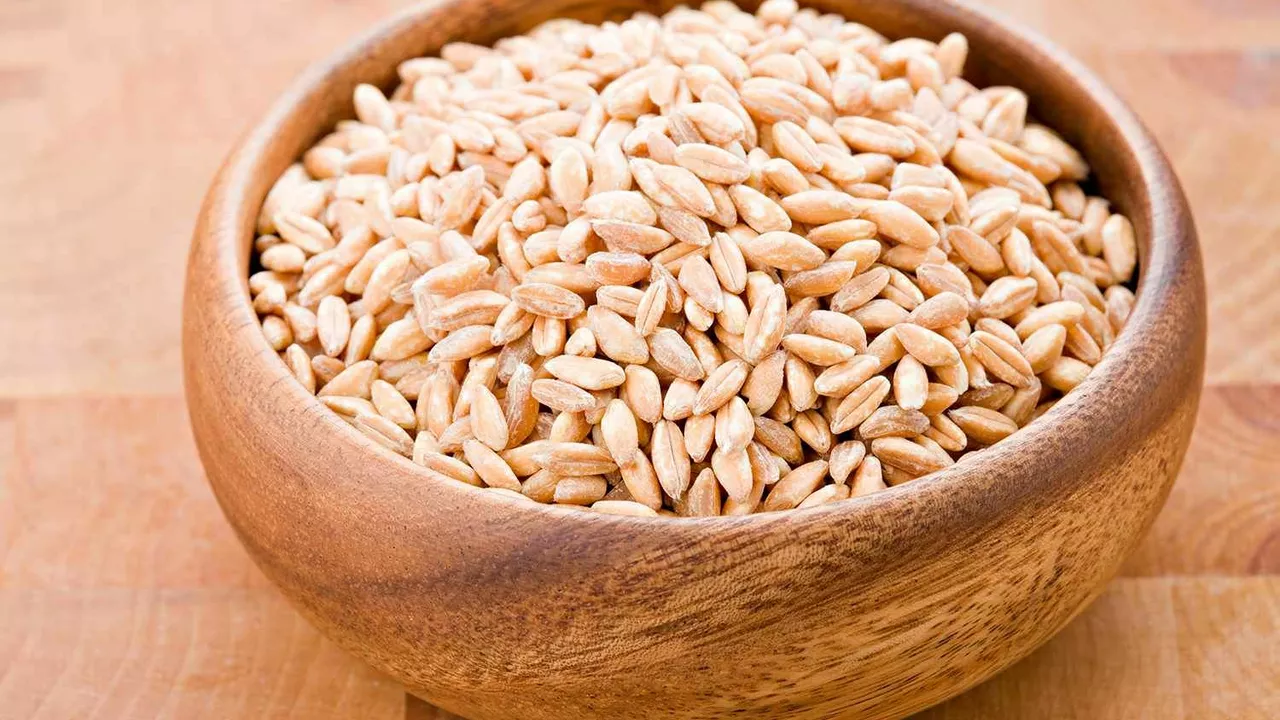Ancient grains like quinoa, millet, farro, and sorghum give dishes more flavor and nutrients than refined grains. They are easy to cook and fit into bowls, soups, salads, and breakfasts. Try swapping white rice or pasta for an ancient grain once a week to start.
What makes a grain 'ancient' is that its seed has not been heavily changed by modern breeding. That often means nuttier taste and a different mix of protein, fiber, and minerals.
Most ancient grains cook like rice. Use roughly one part grain to two parts water for quinoa and millet, and one part to two parts for pearled farro. Hulled farro and barley take longer. If you have an Instant Pot, quinoa needs one minute at high pressure plus a short release, while farro and barley need ten to twenty minutes depending on type.
Buy whole grains when you can; they keep longer and have more fiber. Store dry grains in airtight containers in a cool, dark place. Most dry ancient grains stay good for six to twelve months. Cooked grains last about four days in the fridge and freeze well in portions for quick meals.
Soaking grains overnight can reduce phytic acid and shorten cooking time. Rinse soaked grains before cooking and discard the soak water. Gluten note: spelt, einkorn, and emmer contain gluten. Quinoa, millet, and sorghum are naturally gluten-free but buy certified gluten-free if you need strict safety.
Flavor tips: toss grains with olive oil, lemon, fresh herbs, toasted nuts, or a spoon of yogurt for creaminess. For protein, add beans, roasted chicken, or a fried egg. Budget tips: buy in bulk, try millet or barley for low cost, and portion cooked grains into freezer bags for meal prep.
Start with one swap this week. Replace one serving of white rice with farro, millet, or quinoa and see how your meals change. Small changes like that add flavor and nutrition without extra work.
Easy grain bowl recipe: combine one cup cooked ancient grain, a cup of roasted vegetables, a handful of greens, two tablespoons chopped nuts, and a dressing of lemon, olive oil, and a pinch of salt. Top with a protein you like.
Make porridge: simmer farro or barley in milk or water with cinnamon and fruit for ten to twenty minutes until tender. Sweeten lightly with honey or maple syrup. Use ancient grains in baking: replace half the flour with ground ancient grain flour for denser, nuttier loaves and muffins.
If a grain's texture doesn't suit you at first, try mixing it with rice or pasta until you get used to it. Texture often becomes a favorite after a few tries.
Ancient grains are small changes with big payoff. They add texture, nutrients, and keep meals interesting. Buy a small bag of one new grain this week, cook a test batch, and freeze extras. You might find a pantry staple you love. Start tonight and enjoy.
